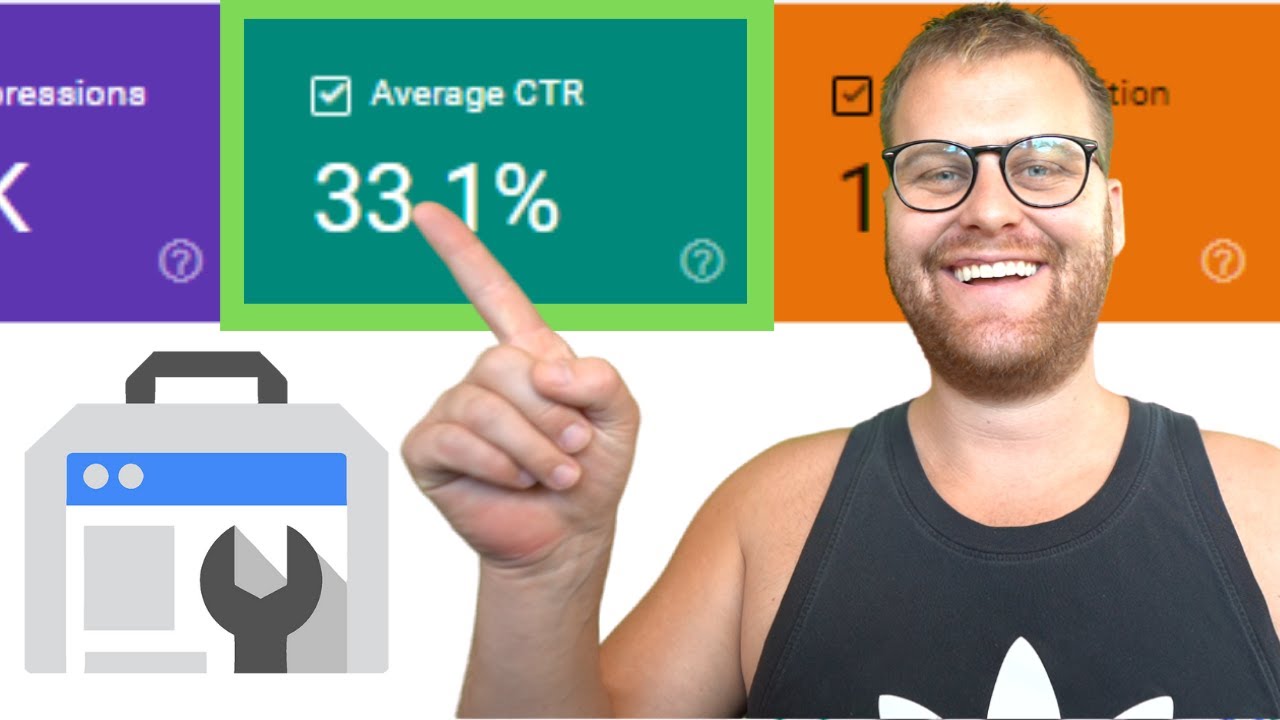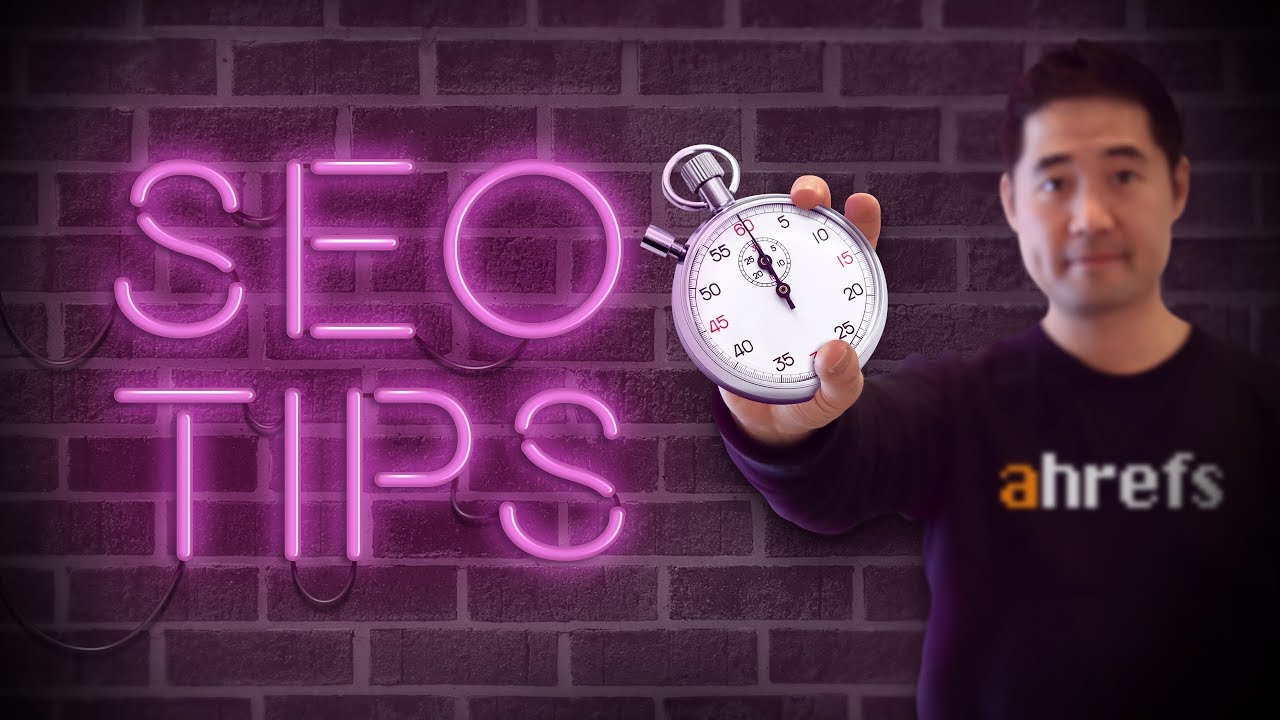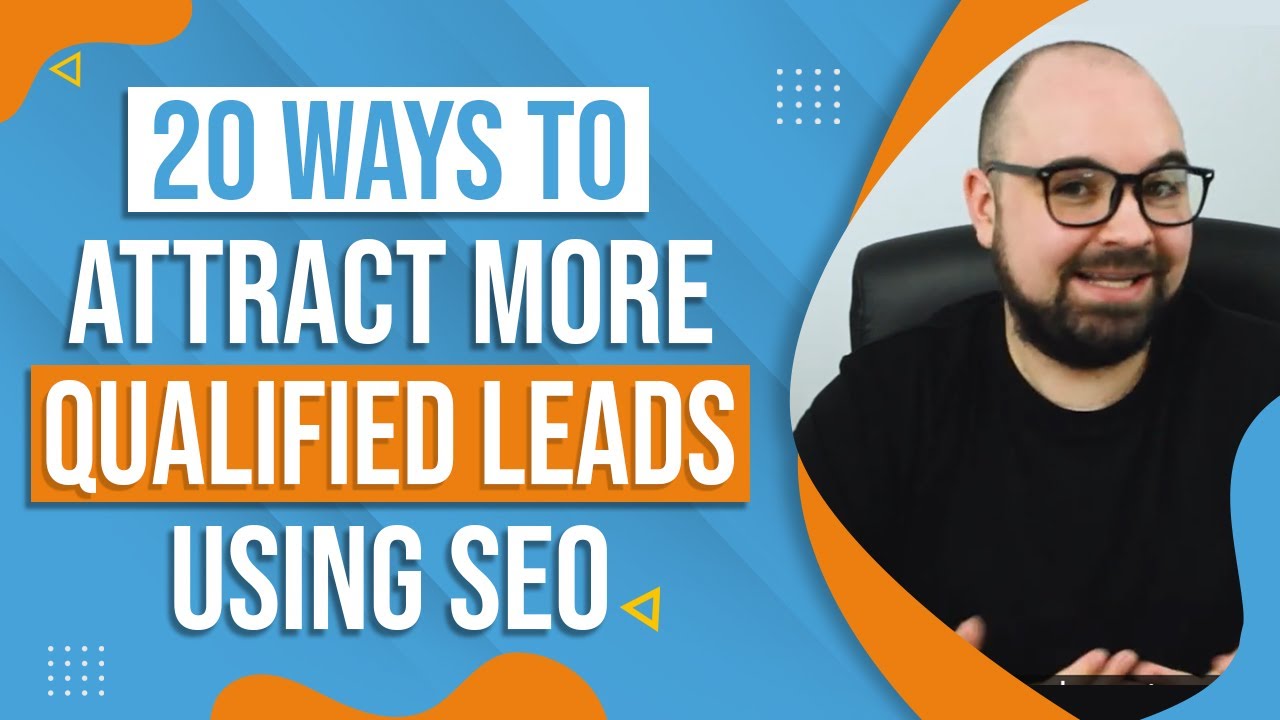In today's fast-paced digital landscape, the symbiotic relationship between SEO metrics content marketing ROIhas become more critical than ever. Businesses worldwide are leveraging these two powerful tools to enhance their online presence, engage their audience, and drive conversions. Understanding how SEOmetrics intertwine with content marketingROI is essential for crafting effective strategies that yield measurable results.
Organic Conversions

SEO for Early Stage SaaS: Rankings, Organic Traffic and Conversion
In the ever-evolving world of digital marketing, the term "organic conversions" holds a special place. Organic conversions are the ultimate validation of a well-orchestrated online strategy that not only drives traffic but also compels visitors to take the desired actions.
What Are Organic Conversions?
Before delving into strategies, it's crucial to understand what organic conversions entail. Organic conversions refer to the instances where users visit your website through organic search results and subsequently take a desired action, such as making a purchase, signing up for a newsletter, filling out a contact form, or downloading a resource. These conversions are particularly valuable as they indicate a genuine interest in your offerings and a higher likelihood of a fruitful customer relationship.
The Power Of Organic Conversions
- Relevance and Intent - Organic conversions are a testament to the alignment between user intentand your content. When a user finds your website through a relevant search query and then converts, it demonstrates that your content not only attracted them but also fulfilled their specific needs. This relevance translates into a higher potential for customer retention and brand loyalty.
- Cost Efficiency - Compared to paid advertising, organic conversions offer a cost-efficient avenue for driving results. While paid adscan certainly yield quick visibility, organic conversions provide a sustained return on investment without ongoing advertising costs. By optimizing your content for search engines and user intent, you create an evergreen source of conversions.
Strategies To Boost Organic Conversions
- Comprehensive Keyword Research - Effective keyword research forms the bedrock of organic conversions. Understand the keywords your target audience is using to search for solutions related to your offerings. Integrate these keywords naturally into your content to increase its visibility in search results.
- High-Quality Content - Craft content that is not only informative but also engaging. Address pain points, provide solutions, and showcase your expertise. Valuable content keeps users on your site longer, increasing the likelihood of conversions.
- Optimized User Experience- A seamless user experience is pivotal for conversions. Ensure your website is easy to navigate, loads quickly, and is mobile-friendly. A positive user experience encourages users to explore more, increasing their chances of converting.
- Compelling Calls-to-Action (CTAs) - Strategically place clear and compelling CTAs throughout your content. Whether it's "Buy Now," "Sign Up," or "Learn More," CTAs guide users toward taking action. Make them noticeable and aligned with the content.
- Leverage Social Proof - Display customer testimonials, reviews, or case studiesto establish credibility. Social proof instills confidence in users, making them more comfortable with converting.
Click-Through Rate (CTR)

CTR SEO Complete Guide 2022 (Click Through Rate Optimization)
In the bustling realm of digital marketing, where attention spans are fleeting and competition is fierce, the Click-Through Rate (CTR) emerges as a pivotal metric. CTR encapsulates the essence of engagement and resonance, reflecting the effectiveness of your content in capturing your audience's interest and driving them to take action.
What Is Click-Through Rate (CTR)?
At its core, the Click-Through Rate (CTR) is the percentage of users who click on a specific link, advertisement, or call-to-action (CTA) after encountering it. This metric is widely used to gauge the effectiveness of online campaigns, advertisements, and content in compelling users to move from one digital space to another, be it from a search engineresults page to a website or from an email to a landing page.
The Power Of CTR
- Measure of Relevance - A high CTR indicates that your content, ad, or link is resonating with your target audience. It signifies that your headline, description, or visual elements are compelling enough to entice users to take the desired action. The metric serves as a litmus test for the relevance and resonance of your content.
- Enhanced Visibility - Search engines and digital platforms often reward higher CTRs with improved visibility. A well-crafted meta description or an enticing headline can lead to a higher CTR, elevating your content's position in search results or increasing its prominence in advertising placements.
- Quality Traffic - A higher CTR typically indicates that the traffic you're attracting is more likely to be engaged and interested in your offerings. This translates to visitors who are genuinely interested in what you have to offer, increasing the chances of conversion.
Strategies To Boost CTR
- Compelling Headlines and Descriptions - Craft attention-grabbing headlines and descriptions that encapsulate the essence of your content while piquing curiosity. A well-constructed headline serves as a gateway, inviting users to explore further.
- Relevance and Alignment - Ensure that your content aligns closely with the expectations set by the headline, description, or ad. Misleading users with a mismatched experience can lead to higher bounce rates and tarnish your credibility.
- Clear and Engaging CTAs - Your call-to-action (CTA) should be crystal clear and aligned with the user's next steps. Use action-oriented language and position your CTA prominently to guide users toward taking action.
- A/B Testing - Experiment with different headlines, descriptions, visuals, and CTAs through A/B testing. This iterative approach allows you to identify the combinations that resonate most with your audience, leading to higher CTRs.
Organic Traffic

SEO Tips to Improve Organic Traffic in Under 15 Minutes
In the bustling expanse of the digital landscape, where algorithms are intricate and algorithms are intricate and competition is fierce, the concept of organic traffic emerges as a beacon of genuine engagement and authentic reach. Organic traffic is the lifeblood of digital success, representing visitors who arrive at your online domain naturally, driven by their search queriesand interests.
The Essence Of Organic Traffic
Organic traffic encompasses the visitors who find your website, blog, or online content through search engine results rather than paid advertisements. These are the individuals who, in their quest for answers, solutions, or entertainment, encounter your offerings organically without any monetary incentivesguiding their footsteps.
The Power Of Organic Traffic
- Relevance and Intent - Organic traffic isn't just a number; it's a testament to the relevance of your content. When users discover your digital realm through a search engine query that mirrors their needs, it signifies that your content is addressing their pain points and inquiries. This relevance lays the foundation for meaningful interactions and potential conversions.
- Trust and Credibility - Users often view organic search results as more trustworthy and credible than paid advertisements. Achieving a prominent position in organic search results signals to users that your content has earned its place through merit, not financial influence.
- Sustainable Return on Investment - While paid advertising can deliver swift visibility, organic traffic offers a sustainable and cost-effective source of visits. Once your content gains traction and ranks well, it continues to attract visitors without ongoing financial commitments. This sustainable return on investment can significantly impact your digital strategy's longevity.
Strategies To Cultivate Organic Traffic
- Strategic Keyword Optimization - Conduct thorough keyword research to understand what terms your target audience is searching for. Integrate these keywords naturally into your content, ensuring that it aligns seamlessly with user intent.
- High-Quality Content Creation- Craft content that is not only informative but also valuable and engaging. Address user pain points, offer solutions, and establish your expertise. High-quality content encourages users to spend more time on your site, signaling its value to search engines.
- On-Page and Technical SEO- Optimize your website's structure and technical elements to enhance its search engine visibility. This includes optimizing meta tags, improving site speed, and ensuring mobile responsiveness.
- Backlink Building - Foster relationships with other websites to secure backlinks- links from other domains that direct users to your content. Quality backlinks act as endorsements, bolstering your content's credibility in the eyes of both users and search engines.
Qualified Leads

20 Ways to Attract More Qualified Leads using SEO
In the realm of business, where growth and sustainability are paramount, the concept of qualified leads stands as a beacon of potential. Qualified leads are the compass that guides your marketing efforts toward precision and effectiveness, ensuring that the time and resources invested yield the most promising returns.
What Are Qualified Leads?
Qualified leads represent individuals or companies that have expressed a genuine interest in your product or service and possess the potential to become paying customers. These are not random passersby; they are prospects who, through their actions and engagement, demonstrate a higher likelihood of conversion.
The Impact Of Qualified Leads
- Efficiency and Focus - Qualified leads allow you to direct your marketing efforts with laser precision. Instead of casting a wide net and hoping for random conversions, you can focus your resources on individuals who are more likely to resonate with your offerings and progress through the sales funnel.
- Higher Conversion Rates - Since qualified leads have already shown interest in your niche, the chances of converting them into paying customers are significantly higher. Their existing alignment with your product or service increases the effectiveness of your sales strategies.
- Shortened Sales Cycle - Qualified leads are further along the buyer's journey, often requiring less nurturing to reach the conversion stage. This accelerates your sales cycle, freeing up time and resources that can be allocated to generating new qualified leads.
Strategies To Attract Qualified Leads
- Targeted Content Creation - Craft content that addresses the pain points, challenges, and aspirations of your target audience. This not only showcases your expertise but also attracts individuals who resonate with your messaging.
- Optimized Landing Pages - Design landing pages that are tailored to specific buyer personas or segments. A focused landing page provides a clear value proposition and encourages visitors to take the desired action.
- Segmentation and Personalization - Segment your audience based on various factors, such as demographics, behavior, or interests. By tailoring your communication and offers to each segment's unique needs, you increase the likelihood of resonating with qualified leads.
- Lead Scoring - Implement a lead scoring system to evaluate the engagement and interactions of leads. Assign numerical values based on their actions (e.g., downloading a resource, or attending a webinar), helping you prioritize and focus on the most engaged prospects.
Onsite Engagement
In the realm of digital landscapes where attention is fleeting and choices abound, onsite engagement emerges as a pivotal force shaping user interactions and driving success. Onsite engagement encapsulates the art of captivating visitors, holding their interest, and compelling them to explore further.
What Is Onsite Engagement?
Onsite engagement refers to the interaction and involvement of visitors with your website or digital platform. It's the synthesis of design, content, and functionality that beckons users to delve deeper into your offerings, fostering meaningful connections and interactions.
The Power Of Onsite Engagement
- User Experience - Onsite engagement is the cornerstone of a seamless and captivating user experience. A well-designed and engaging website not only retains visitors but also encourages them to spend more time exploring and interacting, leading to a deeper understanding of your brand and offerings.
- Brand Perception - A highly engaging website or platform enhances your brand's perception. When visitors encounter a visually appealing, user-friendly, and informative digital space, it instills confidence and positions your brand as a reputable and credible source.
- Conversion Catalyst - Engaged visitors are more likely to convert into customers or take desired actions. By immersing users in your content, guiding them through intuitive navigation, and compelling them to interact, you pave the way for a higher rate of conversions.
Strategies To Elevate Onsite Engagement
- Compelling Content - Craft content that resonates with your target audience's interests and needs. Whether it's informative articles, captivating visuals, or interactive elements, content is the heart of onsite engagement.
- Intuitive Navigation - Design a user-friendly and intuitive navigation structure that enables visitors to find what they're looking for effortlessly. A seamless navigation experience reduces frustration and encourages exploration.
- Interactive Elements - Incorporate interactive elements such as quizzes, surveys, polls, and calculators to actively involve visitors. These elements not only provide value but also encourage users to stay longer on your site.
- Visual Appeal - Utilize visually appealing design elements, including high-quality images, videos, and infographics. A visually engaging interface creates a positive first impression and entices users to explore further.
- Clear Call-to-Actions (CTAs) - Position clear and strategically placed CTAs throughout your site. Whether it's prompting users to subscribe, download, or make a purchase, well-crafted CTAs guide visitors toward taking action.
Data-Driven Iteration
- Analytics Insights - Leverage web analytics to gain insights into user behavior. Analyze metrics such as time spent on site, bounce rates, and click-through rates to identify patterns and areas for improvement.
- A/B Testing - Experiment with variations of design, content, and CTAs using A/B testing. This iterative approach allows you to refine your strategies based on actual user preferences.
People Also Ask
What Are The Key SEO Metrics For Measuring Content Marketing Success?
Key SEOmetrics for measuring content marketing success include organic traffic, keyword rankings, click-through rate (CTR), bounce rate, and dwell time. These metrics collectively provide insights into your content's visibility, relevance, engagement, and user experience.
How Does Organic Traffic Contribute To Content Marketing ROI?
Organic traffic, which comes from search engine results, is a significant contributor to content marketing ROI. Higher organic traffic indicates that your content is effectively targeting relevant keywords and attracting users who are more likely to convert, ultimately enhancing your ROI.
Can Improved Keyword Rankings Directly Impact Content Marketing ROI?
Yes, improved keyword rankings can positively impact content marketing ROI. Higher rankings lead to increased visibility, attracting more organic traffic. If your content aligns with user intent, this traffic has a higher potential to convert, thereby improving ROI.
How Does Engagement Metrics Like Dwell Time Affect Content Marketing ROI?
Engagement metrics like dwell time (the time users spend on your site) can significantly affect content marketing ROI. Longer dwell times indicate that users find your content valuable and engaging, increasing the chances of them exploring your offerings, subscribing, or making purchases.
What Role Does Conversion Rate Play In Measuring Content Marketing ROI?
Conversion rate is a vital metric for measuring content marketing ROI. It directly reflects how successful your content is at driving desired actions, such as sign-ups, purchases, or downloads. A higher conversion rate means your content is effectively guiding visitors toward becoming customers, positively impacting ROI.
Conclusion
In the realm of digital marketing, the marriage of SEOmetrics content marketing ROI forms the backbone of success-oriented strategies. As brands continue to compete for online visibility and audience engagement, the ability to decipher the impact of content on search engine rankings and conversion rates becomes a game-changer.
By embracing the insights provided by SEO metrics, businesses can fine-tune their content marketing approaches, creating a cycle of continuous improvement that maximizes returns on their investments. In this dynamic landscape, the journey doesn't end - it evolves, adapts, and thrives through the fusion of data-driven SEO metrics and the art of compelling content creation.
